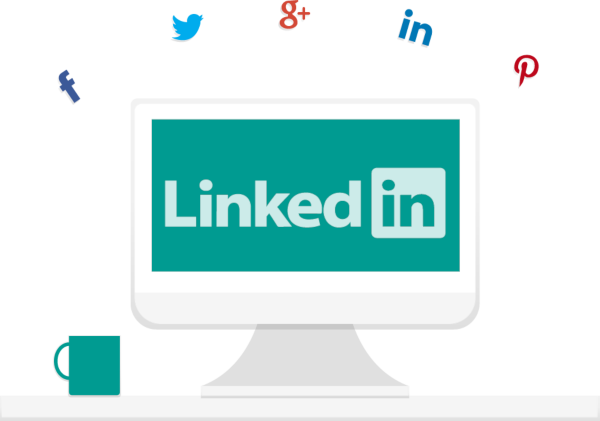LinkedIn is a valuable platform for advertising. It currently hosts more than 575 million users (topping Twitter and Reddit respectively) with steady growth year over year. Intellitonic has successfully utilized LinkedIn advertising to connect B2B services across a number of different verticals from industrial supplies to real estate, not to mention our own sales pipeline.
Although Linkedin is becoming a necessity for B2B online advertising, it lacks certain functionality that makes it harder for agencies to utilize it optimally for clients. The advertising tools are built for companies working on just their own ads and ad campaigns, leaving agencies to jump through hoops to accomplish the same things.
Intellitonic employee, Blake Lester, works monthly to create ads for businesses on Linkedin. Here are his thoughts on Linkedin’s limitations.
An Informal ‘Letter to the Editor’ to LinkedIn Marketing
My gripe with LinkedIn marketing began when I first tried to pay for a client’s ad using my own account. I’d been used to Facebook’s way of handling things: the user saves one payment method then adds it to multiple ad accounts.
How Facebook Marketing Works for Whitelabeling
The Facebook system makes white labeling easy for agencies like ours. Our partners keep their credit cards on file to quickly activate new accounts as they bring them on. This saves time as the white label client does not need to sign into Facebook Business Manager every time payment information needs to be added. It also saves on confusion down the road – we know one payment method has been used across multiple accounts.
I should note that when we work directly with a client in a standard relationship, it’s easy to reach out to the client for their payment information. The client then adds their payment information for easy use.
Where LinkedIn Advertising Falls Short

LinkedIn’s system, on the other hand, makes me jump through several hoops. Below is the on-boarding process in that same whitelabel relationship mentioned earlier:
- First I need a “dummy” personal account that manages the ads and access. We typically have one set up for each white label client to avoid confusion.
- The dummy account needs to “connect” with whoever has admin access to the account we want to advertise. (At any company with more than five employees, good luck determining who’s admin of the LinkedIn page. This is usually the most significant barrier to getting a new client advertising.)
- Once connected, the admin must assign the dummy account admin advertiser access (which is also not a very clear process to walk someone through.)
- Great, now that we are connected, my white label client needs to log into my dummy account and apply payment information. Payment systems aside, it is also very frustrating to manage multiple clients. Once you add an account to your campaign manager, you can’t delete it. At least not directly. You must grant admin access to someone else and have them remove you from the account. Good luck explaining that to a client.
Success With Barriers
I wouldn’t complain if I didn’t care about advertising on the platform, but the truth is, our clients in the B2B category have had great success on LinkedIn. While Facebook has worked out all the kinks in its interface, LinkedIn still has the advantage in the professional sphere. Not only does the atmosphere better facilitate company-to-company sales, it’s also ideal for targeting an audience based on job title, job description, and education.
LinkedIn has made some cosmetic changes in the last few months and tried to streamline how ads are built, so let’s hope they keep improving.
Have you had success advertising on Linkedin? Do you need help increasing your B2B sales? Give us a shout and fill us in!
